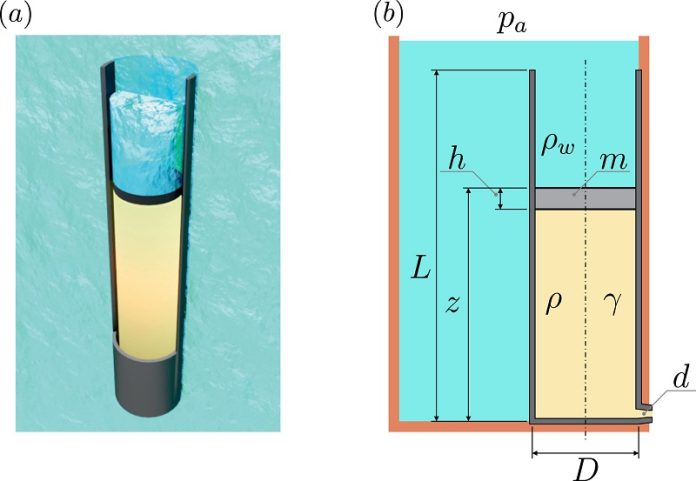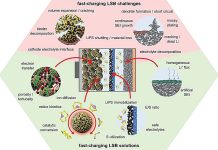
In the quest for sustainable energy solutions, a team of researchers from the University of Cordoba has made a significant breakthrough.
They’ve developed an innovative energy storage system, offering an eco-friendly alternative to traditional batteries.
This new system, utilizing a cylindrical tank immersed in water, is not just a creative approach to energy storage, but also a response to the environmental concerns associated with conventional battery production.
Renewable energy sources like sunlight and wind are key to a sustainable future. However, they have a major drawback: they don’t always produce energy when we need it. Storing this energy efficiently and cleanly is a big challenge.
Traditional batteries, while useful, have a downside – they require materials that are often scarce and have a significant environmental impact when extracted and recycled.
Enter the new system developed by researchers Antonio Martín Alcántara, José Luis Aranda Hidalgo, Alberto Jiménez Solano, and Antonio Sarsa Rubio.
Their device is a marvel of engineering that stores energy using a simple but effective mechanism involving water and air pressure.
Here’s how it works: Imagine a large cylindrical tank submerged in water, like in a reservoir. This tank is divided into two parts by a disk. The top part is filled with water, and the bottom part with air.
When the system is charged, the disk is at the top, and the cylinder is full of air. As the disk moves down, water fills the top part of the cylinder and compresses the air below to a very high pressure.
This compressed air can then be released to drive a turbine, generating electricity.
To “recharge” the system, a motor is used to move the disk back up, allowing air to fill the cylinder again. The beauty of this system is that it’s designed to store energy when prices are low and release it when prices are high, making it not only environmentally friendly but also economically efficient.
The researchers have named this system iOWC, which stands for “inverted Oscillating Water Column.” It’s a play on an existing system called OWC, used to generate energy from ocean waves. The iOWC, however, flips this concept on its head and uses it for storing energy instead.
This project is not just about building a physical device; it’s also about understanding the physics behind it. Researchers Solano and Rubio have contributed significantly to this aspect.
They used conservation equations to determine the practical dimensions needed for the system and to ensure its effective operation. These calculations are crucial in defining the right conditions for the system, like the size of the air outlet hole and the ratio between the width and height of the cylinder.
An additional challenge they tackled was the potential oscillations of the disk inside the cylinder due to pressure changes. To address this, the team proposed a damping system to keep these oscillations in check.
The implications of this research are far-reaching. It’s a step towards a cleaner alternative for energy storage, which is vital for making renewable energy sources more viable and reliable.
By enabling energy to be stored and released in response to market demands, this system not only supports environmental sustainability but also economic efficiency.
Published in the journal Energy, this study is a testament to the innovative spirit in renewable energy research and the ongoing efforts to make our world more sustainable.
Follow us on Twitter for more articles about this topic.
Source: University of Córdoba.



